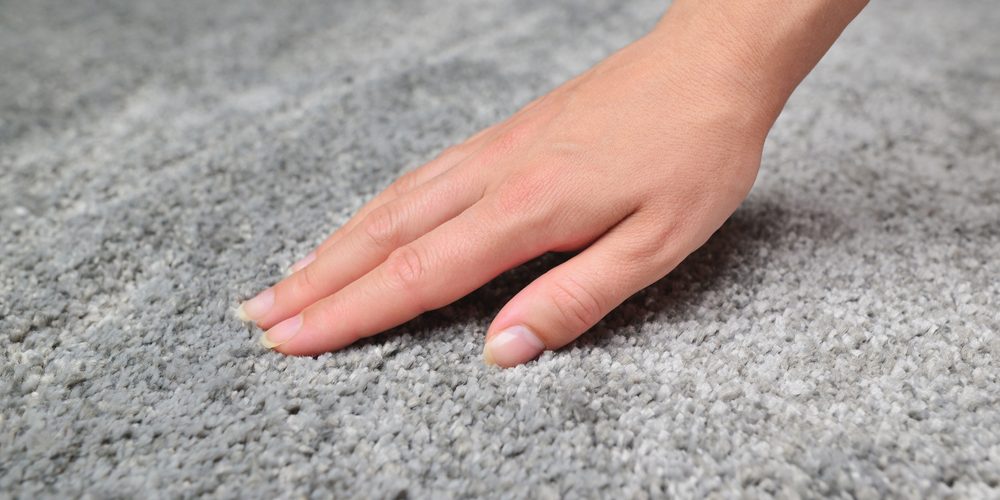Dos and Don’ts: Tips on Cleaning Wool Rugs
The origins of wool rugs date back approximately 8,000 years ago, around the same time that sheep began to be sheared for their wool. In perfecting their craft, textile artists continue to weave together this material in the modern day with intricate patterns and beautiful colours. The thickness and unique textural qualities of these rugs make them highly sought after, but also difficult to clean, however. Without using proper techniques, this carpet can be compacted with dirt and grime that can be difficult to remove.
A routine care schedule will help your wool rug stay in like-new condition, and its location, the number of shedding pets, and foot traffic will all play a factor in how often you have to clean this floor covering. Let’s learn more about this subject in detail with some can’t miss cleaning tips.
The Uniqueness of Wool
Wool is a natural fibre with a waxy coating that is designed to repel liquids and does not shrink. Therefore, it would seem ideal to use plenty of water to clean it because it will retain its cushiness and hold its shape. However, while the fibre itself is water-resistant, the materials underneath holding the wool together absorb water readily. This makes cleaning these kinds of rugs a difficult task that should be handled with care.
Create a Routine Cleaning Schedule
Do:
- Take the rug outside. Hang it up over a railing or some chairs and use a broom or rug beater to loosen the embedded dirt.
- If you prefer to work inside, take the hose from your vacuum and use the brush attachment which will work more effectively than the beater bar.
- Consider rotating your rug monthly to ensure it does not disproportionately wear down in certain places.
Don’t:
- Skip routine vacuuming or cleanings. Maintenance with a wool rug is key to keeping it looking its best. The dense fibres hold onto dirt more easily than other carpets, meaning that if a spill happens, it will be that much harder to remove.
Be Prepared for Spot Cleanings
Do:
- Move quickly to absorb the spill and/or remove any excess debris on top of the carpet pile.
- Blot the area carefully with a dry, white cloth and soak up as much of the liquid as you can.
Don’t:
- Rub the area, as doing this will push the fluid into the absorbent part of the rug.
- Try to use water and soak the stain out.
- Apply stain removers. While useful for other carpets, they’re typically not meant for wool and could damage the fibres or make the stain worse.
Understand the Deep Cleaning Process
Do:
- Start by vacuuming both the front and the back of the rug, then grab a new sponge and fill a bucket with cool water and add one to two scoops of wool-safe detergent.
- Work in small sections, ensuring that your sponge is clean between each application.
- Rinse each area thoroughly to absorb any soap residue. Use towels if needed to remove excess water.
- Open windows and doors and hang the rug in the central airflow. You can also use a high-powered fan as needed.
- Plan to do this yourself or have it professionally cleaned every one or two years.
Don’t:
- Drench the carpet during the soap and water process.
- Avoid steam cleaners, as the moisture is likely to cling to the dirt and create mud within the carpet.
- Leave areas wet for a prolonged period, as it can create mildew and mould growth.
If you own a wool rug, it is important to follow the manufacturer’s care instructions first and foremost. If you are unsure about these specifics, consider working with professionals who have the equipment to deal with carpet cleaning of all kinds, such as ourselves Top Hat. Our home comfort services are designed to give you peace of mind even when it comes to difficult cleaning tasks. Contact us to learn more.







